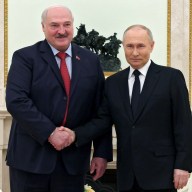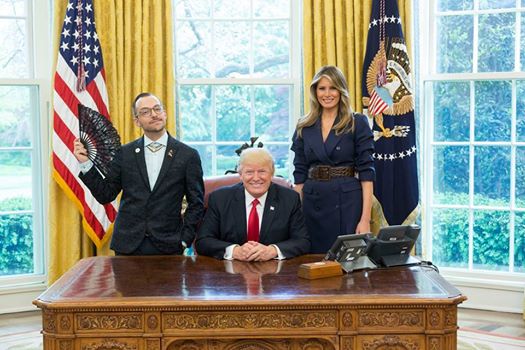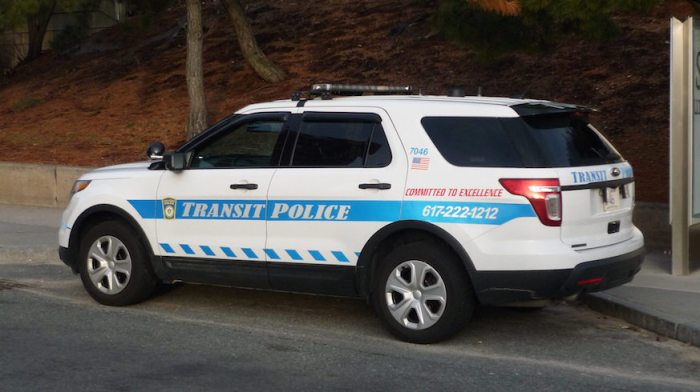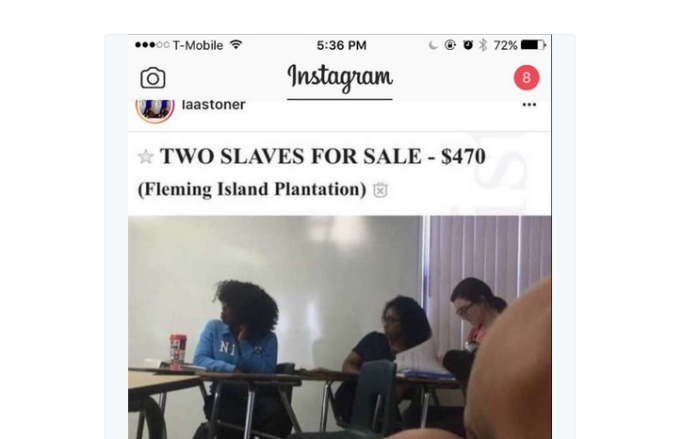Whoever said history is dead hasn’t read Georgia Congressman John Lewis’ graphic novel trilogy “MARCH”. You might recall that Lewis made headlines in June for leading a sit-in on the floor of the House of Representatives to demand action on gun control measures. The event Periscoped around the world was just the latest battle in Lewis’ long history of nonviolent resistance and his decades-long participation in the Civil Rights Movement — a history chronicled in the poignantly told and beautifully illustrated “MARCH”. RELATED: Careers during — and after — cancer
Written by Congressman Lewis and his aide Andrew Aydin and illustrated by Nate Powell, this graphic novel trilogy traces Lewis’ path from his youth in rural Alabama to his rise to Congress. The story depicts how his career intersects with pivotal moments in the civil-rights movement, from the story’s opening at the Selma-to-Montgomery March in 1965 to Lewis’s first meeting with Martin Luther King, Jr. The trilogy flashes between Lewis’ memories and Obama’s 2009 inauguration, where Lewis sat in the audience, reflecting on the events that brought him to that day. RELATED:Can higher ed for inmates help them once they’re out of prison? “MARCH: Book Three” (out August 2, Top Shelf Comix) focuses on Lewis’ activism during the Mississippi Freedom Summer in 1964 and the Selma campaign of 1965. “MARCH” is about far more than Mr. Lewis. The trilogy’s educational value is recognized by New York City public schools (and numerous other districts throughout the nation), where it supplements traditional history texts in secondary social studies classrooms. “I have never had to ask students to put books down before, until “MARCH”…They could see themselves in another time, another place. They connected to their learning in a deeper way than they had before,” says Judith Marks, an educator at Olney Charter High School in Philadelphia. The narrative-driven story and its unabashed approach to our nation’s long civil rights struggles makes “MARCH” a compelling teaching tool. Educators say the text has prompted frank discussions about racism; looking at the way characters responded to racist comments, practices and restrictions helps students reflect upon their own experiences with racism and prejudice. Though “MARCH” aligns with key English Language Arts state standards, such as integrating knowledge and ideas and interpreting various forms of media, its applications are also highly personal. One educator’s guide encourages students to collect written and oral family stories from the Civil Rights Movement, and/or stories of racism and segregation, adding layers and context to the story depicted in the book. Graphic novels are increasingly being used in the classroom to supplement traditional history books or autobiographies. C. M. Butzer’s” Gettysburg: The Graphic Novel” (Bowen Press/Collins, 2009) and Che Anderson’ s“King” (Fantagraphics, 2010), a biography of Martin Luther King, Jr., use imagery and storytelling to depict the past. And of course, the mega-hit “Hamilton” has thrust history — and how it’s interpreted and understood — into the spotlight. The trilogy has also made Lewis an unexpected Comic-Con hit. “MARCH” was voted Best Reality-Based Work in 2016 at the Will Eisner Comic Industry Awards.
Book three of the graphic novel trilogy MARCH comes at just the right moment
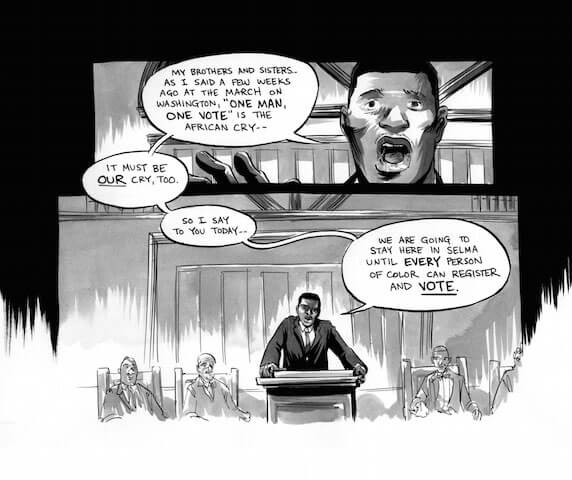
Provided






